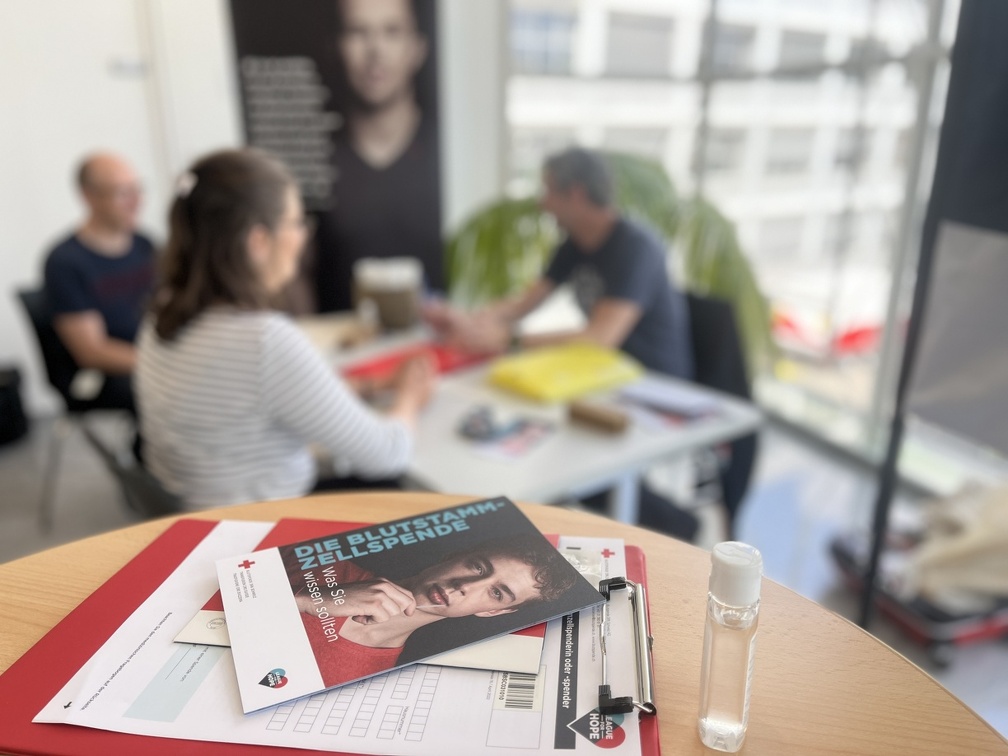Focus on qualitative growth
The registry continued to grow in 2023, though once again less rapidly than it had in past years. One reason for this is that motivating young people to register has become more challenging of late, particularly in the case of young men. However, another reason is that we have once again intensified our efforts to ensure that our records on registered persons are as up to date as possible. Correct contact information and information about a potential donor’s state of health and personal availability are important factors for the quality of a registry.
The Swiss registry listed 183,091 persons at the end of 2023, a 2.9 per cent increase over the 2022 total (177,849 persons). A total of 8,645 persons were added to the registry in 2023, somewhat more than the 2022 figure (8,138). Thus, the registry was able to stop the two-year decline in new registrations. There were 3,403 persons removed from the registry (2022: 2,005).
In addition to the regular removal of donors from the registry when they turn 60, people are also removed from the registry because a change in their health or private situation has made them unable to donate blood stem cells. The intensified dialogue aimed at strengthening donor commitment ensures that registered donors are regularly reminded about their pledge to donate blood stem cells and have occasion to review it, quickly and easily, and decide whether they wish to remain in the registry. This resulted in a significant increase in the percentage of removals compared to 2022.
The proportion of registrations that were initiated online fell somewhat compared to the previous two years. This was due to the fact that holding physical registration drives like those of the pre-pandemic years became possible again in 2023. Still, 83.4 per cent of all new registrations were carried out using the online questionnaire (2022: 87.7 per cent).

